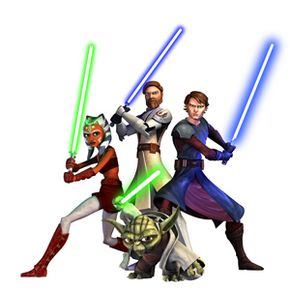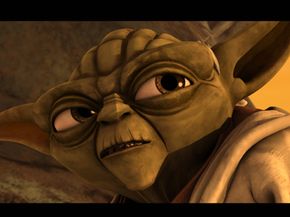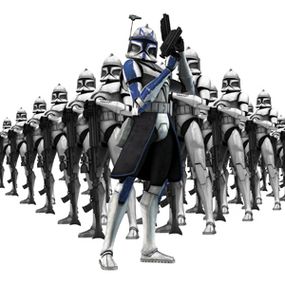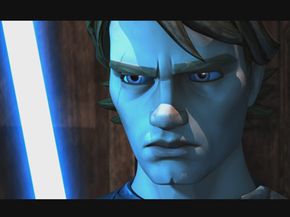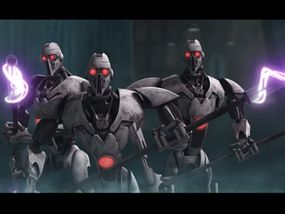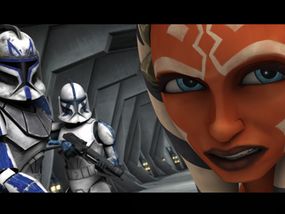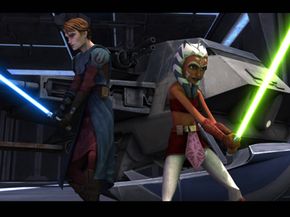The sci-fi phenomenon that began more than 30 years ago with a movie about a galaxy long ago and far, far away has expanded exponentially ever since with sequels, prequels, books, games and animated spinoffs. Although the animated "Star Wars: The Clone Wars" movie, released this summer, has to date grossed a less than stellar $34 million, it was an offshoot of creator George Lucas' mission to create a TV series, and it served its purpose as a promotional tool for the weekly "Clone Wars" episodes that premiere on Cartoon Network Oct. 3, 2008.
Focused on the conflict briefly referred to in the original "Star Wars," the galactic civil war takes place in the period between "Star Wars Episode II: Attack of the Clones" and "Episode III: Revenge of the Sith." The Clone Wars pit the Grand Army of the Republic led by the Jedi Knights against the Separatists and their Droid Army, led by Count Dooku, a Jedi turned Sith Lord aligned with the evil Darth Sidious. Many of the characters from the "Star Wars" universe are involved, including Yoda, Obi-Wan Kenobi and young Anakin Skywalker, before he was tempted to the Dark Side and became Darth Vader.
Advertisement
"I was lamenting the fact that in 'Episode II,' I started the Clone Wars, and in 'Episode III,' I ended the Clone Wars, and I never actually got to do anything on the Clone Wars," says Lucas. "It's like skipping over World War II."
To remedy that omission, he tapped Dave Filoni, an animator (Nickelodeon's "Avatar: the Last Airbender" series) and passionate "Star Wars" fan, to bring "The Clone Wars" to TV.
Ensconced at Big Rock Ranch, near Lucas' Skywalker Ranch headquarters in Marin County, Cali., Filoni and his team of artists and computer animators are making 22 episodes in season one and have nearly two more seasons written.
"We're way ahead. We've been doing this ever since I finished 'Revenge of the Sith,'" says Lucas, who hopes to do at least 100 installments.
He and Filoni collaborate on everything from story to design to execution in translating the "Star Wars" universe for television. It's a daunting creative, technical and logistic task, as we'll explain in the following sections.
Advertisement
